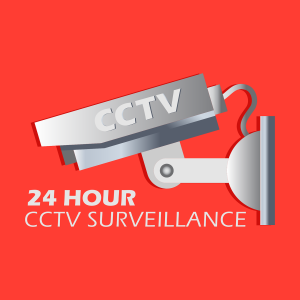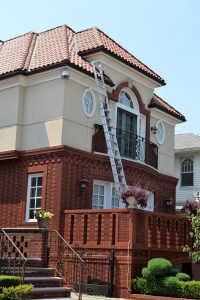National Ladder Safety Month is Here! – Remember Security with Every Step You Take!
According to the American Academy of Orthopedic Surgeons, every year 500,000 people are treated for ladder-related injuries. Approximately 300 of these incidents prove to be fatal. National Ladder Safety Month, he only movement dedicated exclusively to the promotion of ladder security and ladder fall prevention at home and at work, is observed in March and spearheaded by the American Ladder Institute (ALI) to help reduce those numbers and promote safe and secure use of ladders.
Weekend-warrior home improvement projects don’t have to end in catastrophe if you exercise common-sense ladder security and safety. ALI believes ladder accidents are preventable with thorough safety planning, training, and continuous innovation in product design. The more people, organizations, and businesses that get involved, the wider the message spreads, and the more people learn about proper ladder safety.
For example, did you know that the top 3 rungs of an extension ladder are NOT meant to be used for climbing? And that it is unsafe to stand on the top step or top cap of a stepladder, as it increases the likelihood of losing your balance.
Ladder fall injuries are a persistent hazard both in the workplace and at home. Most ladder deaths are from falls of 10 feet or less. In several cases, the risk of falling from a ladder can be minimized through ladder security and safety.
Some of the main factors contributing to ladder falls include sudden movement, lack of attention, hurrying, user age or physical condition and the user’s footwear.
To keep you and your workforce secure when using ladders, here are some basic safety tips from Security Specialists:
- Before stepping on a ladder, read and follow all labels/markings on the ladder.
- Avoid electrical hazards! – Look for overhead power lines before handling a ladder. Avoid using a metal ladder near power lines or exposed energized electrical equipment.
- Always inspect the ladder prior to using it. If the ladder is damaged, it must be removed from service and tagged until repaired or discarded.
- Only use ladders and appropriate accessories (ladder levelers, jacks or hooks) for their designed purposes.
- Always maintain a 3-point (two hands and a foot, or two feet and a hand) contact on the ladder when climbing. Keep your body near the middle of the step and always face the ladder while climbing.
- Do not use a self-supporting ladder (e.g., step ladder) as a single ladder or in a partially closed position.
- Do not use the top step/rung of a ladder as a step/rung unless it is designed for that purpose.
- Use a ladder only on a stable and level surface unless it has been secured (top or bottom) to prevent displacement.
- Do not place a ladder on boxes, barrels or other unstable bases to obtain additional height.
- Do not move or shift a ladder while a person or equipment is on the ladder.
- Be sure that all locks on an extension ladder are properly engaged.
- Do not exceed the maximum load rating of a ladder. Be aware of the ladder’s load rating and of the weight it is supporting, including the weight of any tools or equipment.











